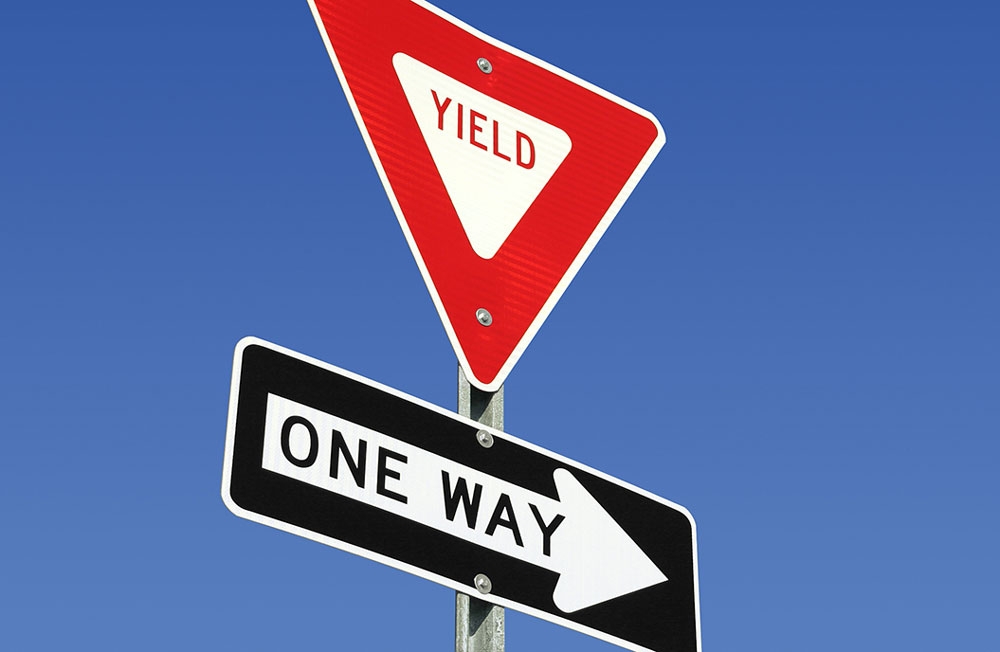Every day, we release greenhouse gas emissions into the atmosphere with devastating effects on the climate, crops, animals, and our health. But even small improvements can have a big impact if everyone makes better decisions. One way to help is to go green with eco-friendly traffic signs. Not only do greener signs save lives on the road, but they can extend the life of the planet, too. These materials make the future look promising.
Prismatic Reflective Sheeting
Technology has advanced the sheeting that protects traffic sign surfaces to make them as bright as possible. That means distracted drivers are less likely to miss crucial guides and warnings, increasing safety on the roads. This new sheeting comes with a bonus: its manufacturing process produces far less environmental waste than the previous glass bead sheeting.
3M’s Prismatic Reflective Sheeting consumes fewer fossil fuels in its manufacturing processes and produces much less liquid solvent and paper-based waste. Compared to the process to make glass bead sheeting, 3M’s manufacturing process for prismatic sheeting reduces:
- Energy consumption by 77 percent
- Volatile organic compounds emissions by 97 percent
- Solid waste by 46 percent
Environmentally Friendly Alloy
Choosing Aluminum Alloy Grade 3105 to make your traffic signs rather than the traditional alloy 5052 is better for the environment and your bottom line. The 3105 variation uses 99 percent scrap, of which 80 percent is from post-consumer sources. For comparison, 5052 uses anywhere between 0 and 80 percent scrap, with 10 percent at most coming from recycled sources.
The manufacturing process has improved, too. Making the older 5052 alloy is energy-intensive because so much electricity is necessary to mine and smelt bauxite. But a recycled 3105 alloy saves 95 percent of the energy to mine and smelt. That’s a perk for both the earth and your budget.
Conversion Coatings for Aluminum
Making traffic signs requires conversion coating, the process of chemically changing the surface of aluminum so that it has greater adhesion and corrosion resistance. The primary way to do this in previous decades has been ASTM-B449, which is based on hexavalent chromium chemistry. That’s the same conversion coats that many government agencies, such as OSHA and the military, are severely restricting and even banning.
The metal finishing industry has come up with a non-hexavalent chrome conversion coating that is kinder to the planet and safer for workers to manufacture: ASTM-B921. The American Traffic Safety Services Association is behind this specification and recommends that all jurisdictions adopt ASTM-B921 for their traffic signs.
Custom Products Corporation has been making traffic, safety, and street name signs since 1985. Regulations change, technology evolves, and CPC stays up-to-date with all of it. If you want to go green with eco-friendly traffic signs, contact us to learn more about how your decision can benefit the environment—and you.





